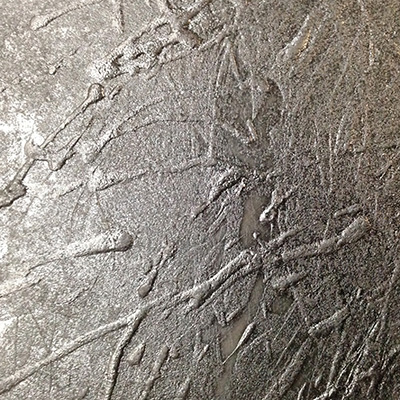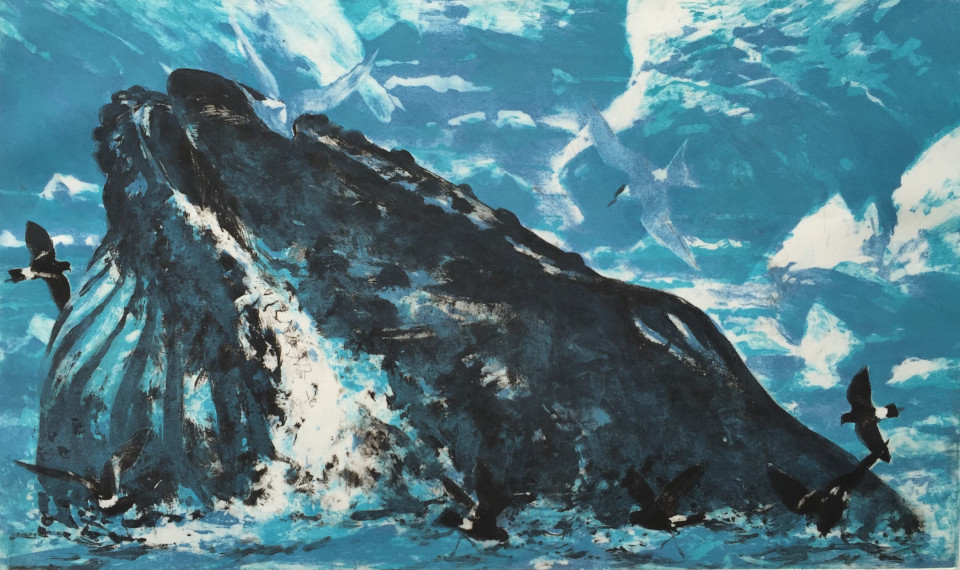Intaglio printmaking |
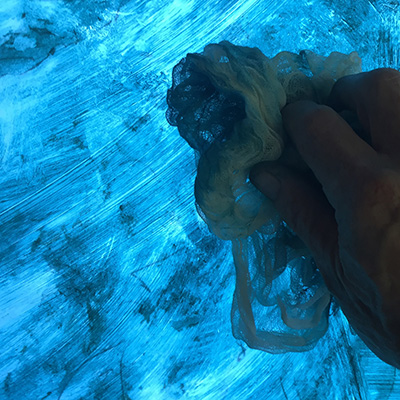
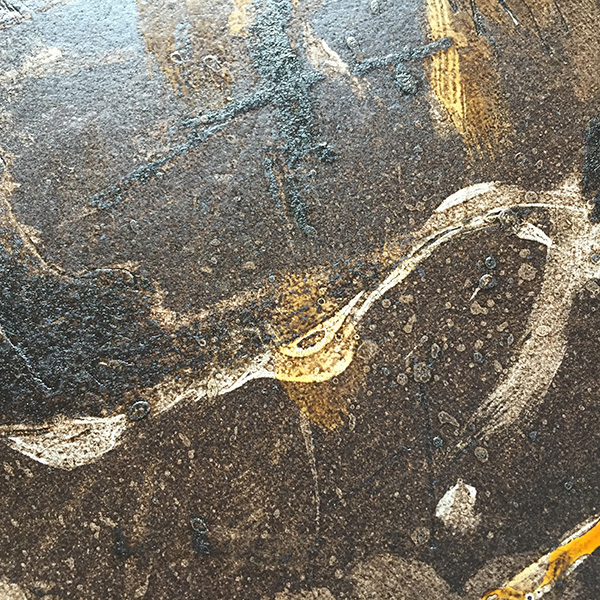
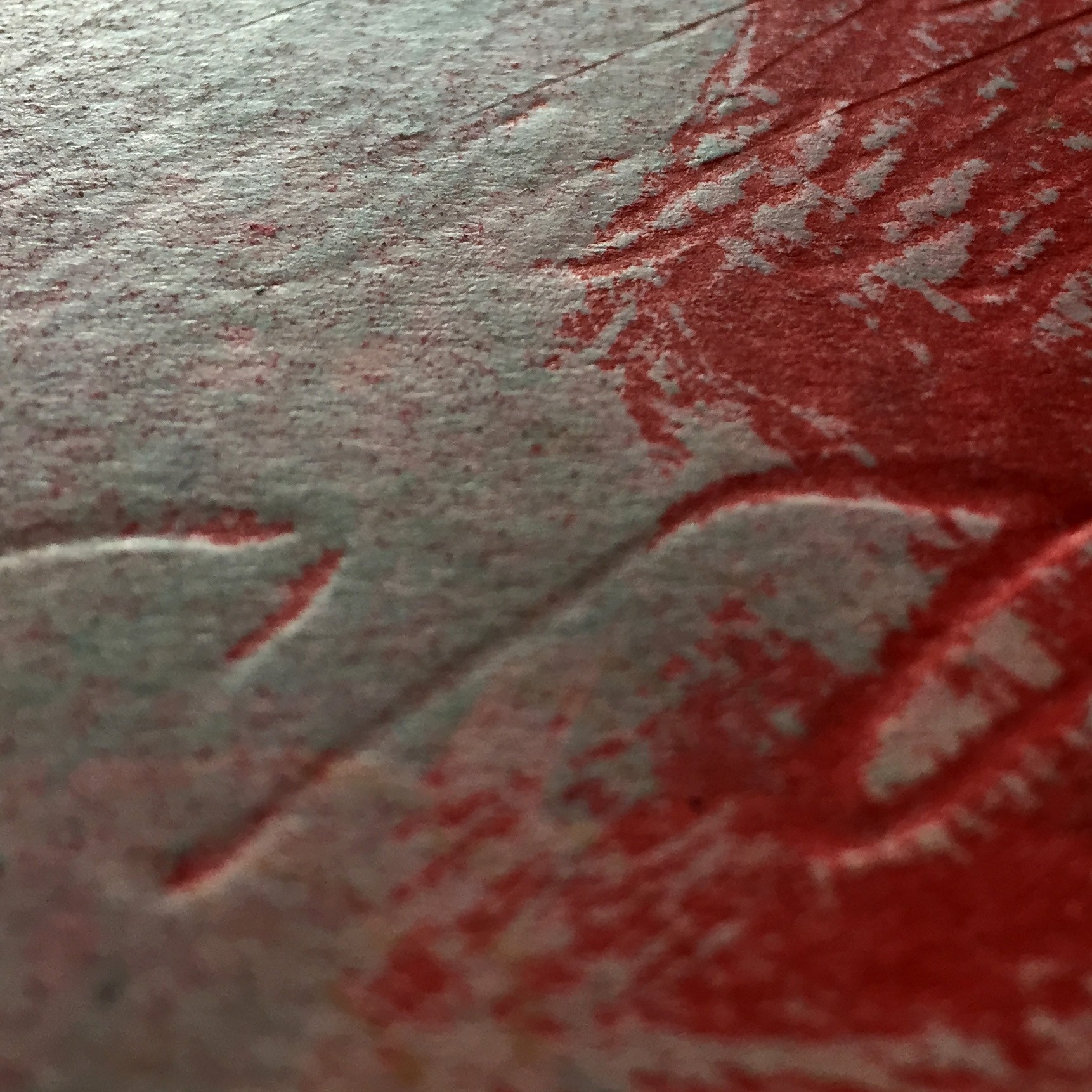
Engraving and decorating metalwork goes back to late antiquity with intaglio printmaking emerging in Europe in the late 1400s. It seems to have been a development of the skills goldsmiths and metalworkers applied to decorate and embellish armour, musical instruments and religious objects. The idea of making prints from engraved plates may well have originated with the practice of taking an impression on paper of an engraved design in order to keep a record of the work, or check the quality.
The traditional materials for intaglio printmaking contain quite a cocktail of acids and chemicals, the danger of which is unmatched in the creative arts. The main dangers are in the etching solution, usually nitric acid, which when diluted even to its weakest level for etching a zinc or copper plate is dangerous to the skin and eyes and the vapours are corrosive and harmful to breathe.
So, over recent years, the need for change in printmaking methods and materials has become compelling. Many studios have converted completely to non-toxic printmaking methods - which is somethng I have been very keen to do after developing a serious skin condition a few years ago that was triggered by regular use of toxic solvents and acids. I have developed my own intaglio methods using easily available materials and water-based and soya-based inks, as well as using vegetable oil for cleaning up - and the skin condition no longer occurs.
My techniques vary from print to print but involve a number of incising, scratching, sandpapering, glueing, and varnishing on clear polycarbonate sheets and mountboard offcuts printing them superimposed one on top of another. The largest number of plates I have combined for one image is seven, but problems arise with the time it takes to accurately register each plate in turn on the dampened paper before the paper dries and shrinks.
Antarctic Commensalism. Drypoint and carborundum 62cm x 38cm (edition of 8)
© 2025 Bruce Pearson. All rights reserved.
